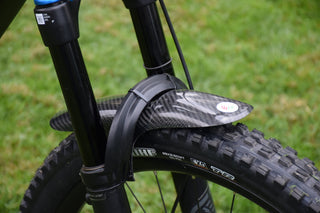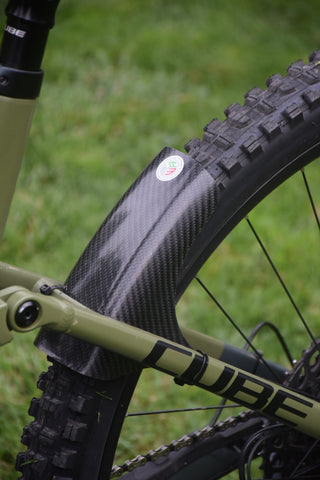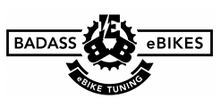The function of the Furious Evo for Shimano Ep8 tuning device is to electronically manipulate the rotation speed of the rear wheel and to communicate to the engine a speed always lower than 25 Km/h, this allows to obtain a real speed with a very high active engine. The maximum speed limit is given by the power of the engine added to the power expressed by one’s legs (more info on F&A).
When the device is active, the display will show the exact speed up to about 20 Km/H approx, beyond which a manipulated speed will always be shown below 25 KmH.
SpeedFun Furious Evo can be activated and deactivated and maintains the setting even after the ebike is turned off. It can be installed on e-bikes with any type of display or side control as well as on e-bikes without a display or that mount the EW-EN100 wireless module.
The new technology of this tuning module for Shimano does not require the activation of the engine light output or interventions with diagnostics or apps. It is supplied plug and go ready to use and installs in a very simple way thanks to the connectors with which no physical modification of the ebike is necessary.
PLEASE NOTE: This tuning is not compatible with ebikes equipped with Shimano Di2 electronic derailleur.
THE MAIN FEATURES
– Totally invisible
– It can be assembled/disassembled at any time
– Equipped with connectors that do not require any physical modification to the ebike wiring
– Allows you to remove the 25 KmH limit up to unlimited speeds (more info on F&A)
– Installable in a few minutes, ready to use, plug and go!
– Suitable for Shimano Steps Ep8 motors
– Compatible with any type of display or command
– It does not require any activation of the engine light output with apps or diagnostics
– It does not need external batteries or power.
ADDITIONAL INFORMATION
Assistance: Increase assistance up to over 50 km/h
Data on the display (or app): Shows real data up to 20 km/h. Beyond 20 Km / h the data are falsified on the display or on the app
Motor compatibility: Compatible with Shimano Ep8 motor
Activation/Deactivation: Activation and deactivation of the device with idle pedalling (for more information see instructions)
Dimensions: The device measures 31 x 16,5 x 7 mm
























